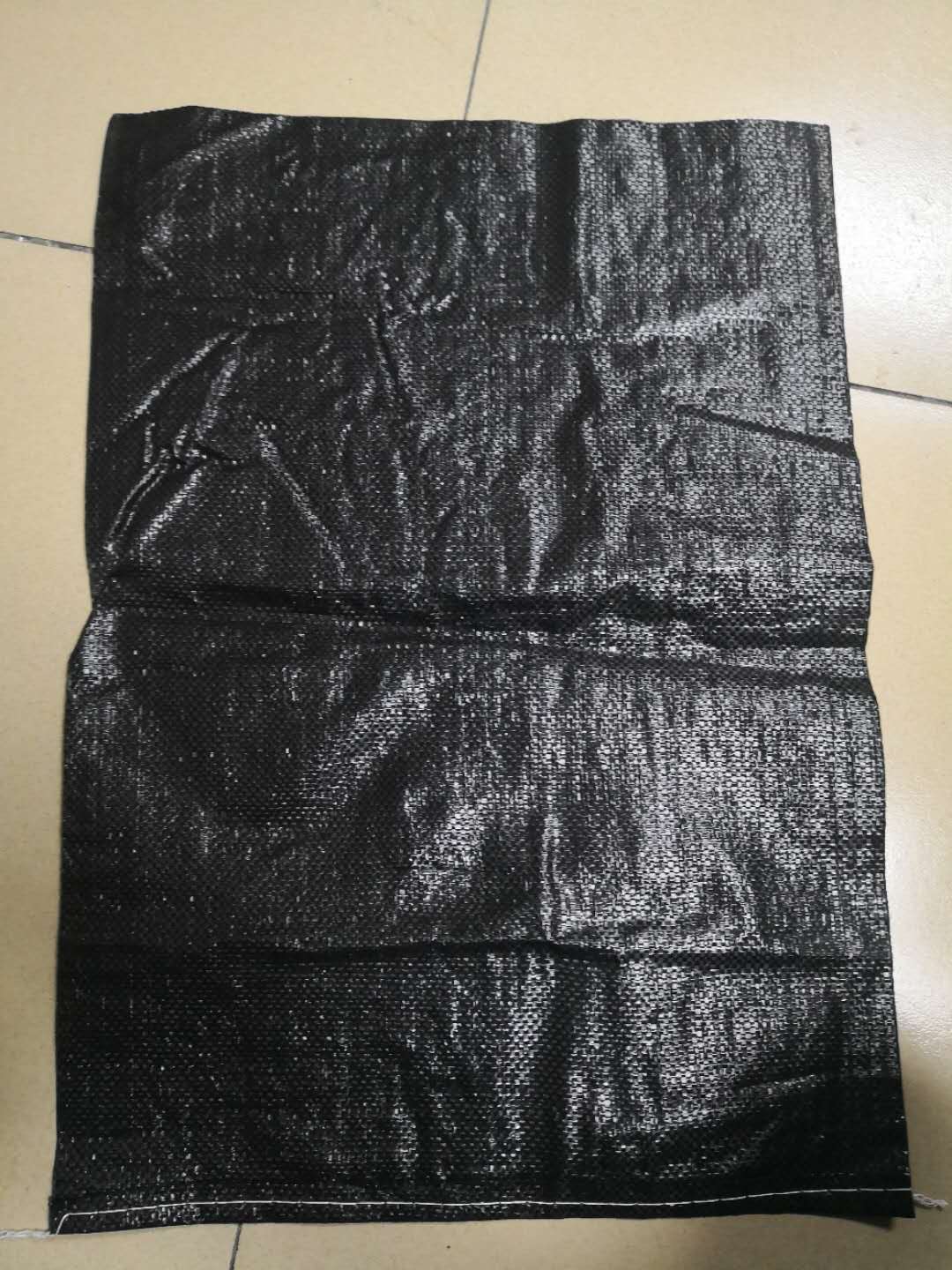How to Use Measurement Tools in G7 Process Control
Using the G7TM proof-to-print process not only helps you meet international production standards such as ISO, but also improves your overall processes, reduces waste and downtime, increases productivity, and helps you save costs. Maintain the leading position in the market competition.
Process control is a means to maintain market leadership
Prepress and press shop measurement tools—The use of plate gauges, densitometers, and automated scanning systems is critical to the successful implementation of the G7 proof-to-print process. This article outlines the use of various measurement devices in prepress color management and printing shop workflows, and explains how to use the information and data provided by these devices to help you gain many of the benefits of G7 process control.
Throughout modern business history, people have been building processes for almost everything that needs to be done, from producing decorations, paying manufacturers, to managing employee salaries.
In today’s tough economic climate, business owners always want to find short cuts to make the company’s balance sheet perform well. However, in fact, good process control is a better way to reduce wasteful expenses and increase return on investment. When everybody tries to stay ahead in the market competition, deploy the next steps, and retain customers, implementing a stable process is a strategy to protect the company's long-term survival and development.
This is especially the case in the printing industry, where competition is intense, margins are low, and customer satisfaction (and retention) is tied to the quality of each print. At the same time, for many printing companies, color accuracy is often synonymous with the quality of printed products.
G7 process control case
For a long time, the printing industry has been looking for a way to ensure that the colors used by designers are more visually matched to the colors printed on the press.
There are many reasons for doing this: Once you have the ability to predict the printing results, and can better predict the prints that will be obtained from the press before printing on the machine, you can reduce the reprint phenomenon, shorten the printing cycle, waste and prepare Reduced machine time allows you to save costs instantly while providing excellent color prints. In addition, you can demonstrate print quality through realistic printing guidelines and goals, which enhances communication between print manufacturers and print buyers.
Recognizing this important industry need, the IDEAlliance GRACoL (Commercial Lithographic General Requirements and Applications for Business Lithographic Printing) Committee began to develop a simple calibration process to help printers achieve more consistent "visual matching" from proofing to printing. .
The G7 proof-to-print process, as its name suggests, is a new method of color calibration for printing and/or proofing. G7 is to establish a circular system for the appearance of printed products, that is, the process from the buyers of the printing products to the design companies to the printers and then back to the buyers of the printed products.
IntelliTrax shows G7 results for easy data analysis. Display content: HR, HC, SC and corresponding black screen/screen neutral print density.
The G7 has created a lot of surprises in the printing industry because with this method you can print on any type of press and on any substrate while still maintaining a consistent visual appearance.
G7 is not only suitable for commercial printing, but also for publishing and news printing, flexo printing, screen printing and inkjet printing.
The G7 proof-to-print process is based on the principles of digital imaging, densitometry and direct plate making technology. The G7 is based on the theory that the visual appearance from the shadows to the highlights (the image seen by the eye) can be optimally controlled by the gray tone, not by measuring the dots on the paper. The G7 name comes from the Grayscale Correction (G) technology and seven (7) ISO inks, focusing on the gray balance colorimetric data for each color highlight and midtone zone, rather than the density determination for each color (eg, field Density and dot gain.
G7 specifies gray balance and "neutral print density curve" (NPDC) and uses it as the basis for calibration and image reproduction to ensure that documents created using the G7 method can be rendered similarly irrespective of printing using any printing process Exterior.
The woven bags generally is made from polypropylene or polyethylene. polypropylene and polyethylene molecules in the sunlight and easy to accelerated aging and decomposition under the irradiation of ultraviolet light, long time outdoor exposure, it's easy to let the bag lost use value. Many woven bags need to be in daily use outdoor long-term exposure or used in the environment of high UV. So we will need to use to Anti - UV Woven Bags. Anti - UV Woven Bag is in the process of production to join the resistance to UV stabilizer, The polypropylene or polyethylene molecules is relatively stable under the sunlight or ultraviolet light . Under normal circumstances, Anti - Uv Woven Bags in the sunshine of life is much higher than the ordinary woven bag, anti - UV woven bag is in high sunlight or ultraviolet light environment service life can reach six months to a year, during this period, the performance of anti - UV wove n bags will not change.
n bags will not change.
Anti - UV Woven Bags
Anti - Uv Woven Bags,Printed Woven Bag,Woven Bag,Non-Woven Fabric Bag
Shenzhen Riversky Packing Materials CO.,LTD , https://www.jtfibc.com